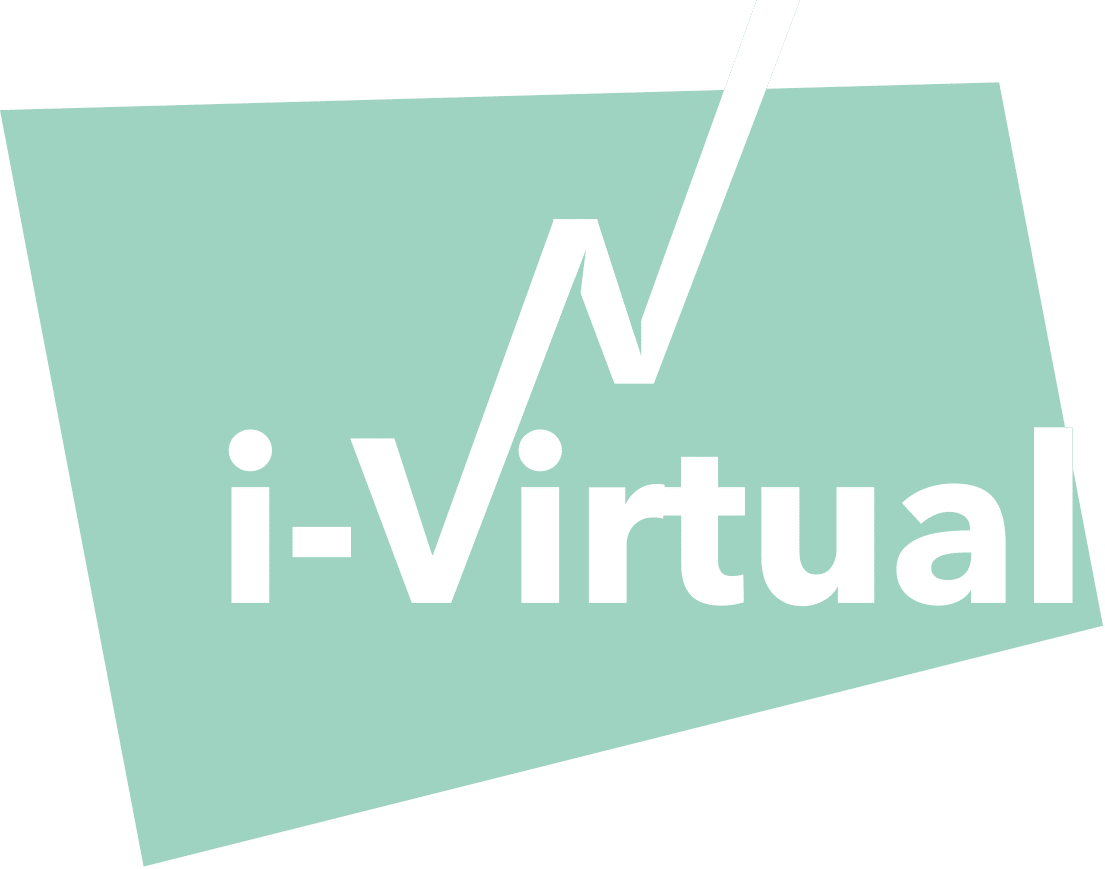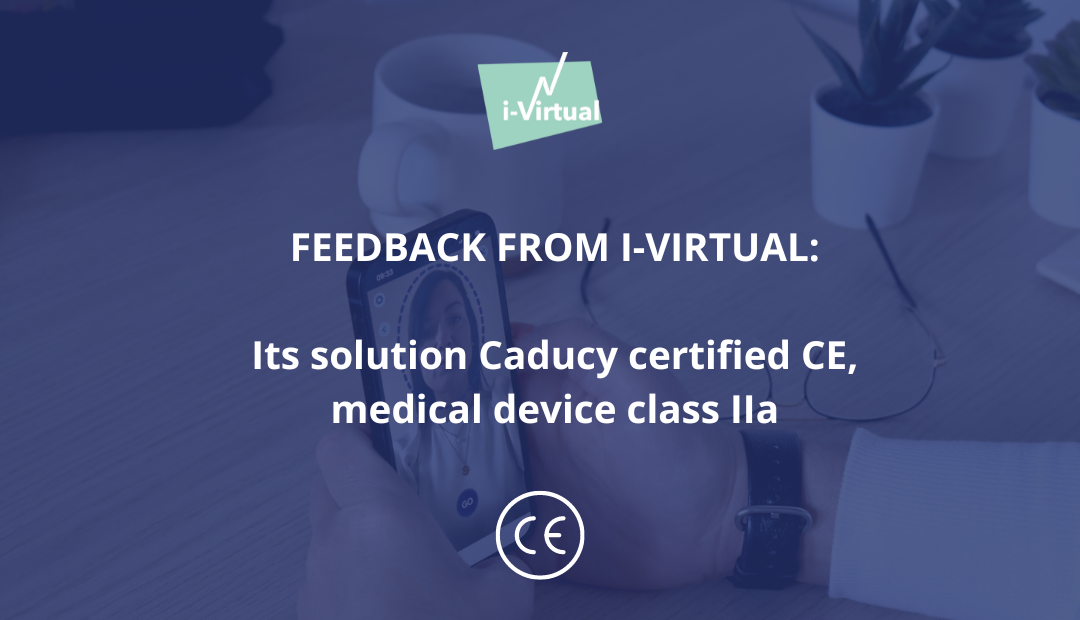It has been 2 years since i-Virtual started the CE marking process. European certification regulations are constantly evolving and i-Virtual has been able to adapt perfectly to them. Obtaining the CE marking has a real impact on the company’s future.
How did i-Virtual manage to stand out and propose the first medical device in the world to use rPPG for a remote patient monitoring solution? What about the CE mark? Why did i-Virtual initiate the process of obtaining it and how did it work?
Agathe Groell and Hanane Simmou, members of the Quality and Regulatory Affairs (QARA) department at i-Virtual tell us more.
1/ Agathe, in a few words, what is a CE marking?
CE certification is a European conformity assessment procedure which allows to put some regulated products on the market.
This certification is not mandatory for all companies, but only if the company distributes certain products; currently, there are about 20 categories of products regulated by CE marking in the European Union. Depending on the type and category of the product under certification, it must comply with one or more European regulations.
The general principles of CE certification are laid down in Regulation (EC) No. 765-2008 of 9 July 2008.
2/ Why did i-Virtual initiate the CE marking process?
i-Virtual has initiated a CE marking process because we design and produce a medical device. Medical devices are one of the regulated categories of product. To put on the market a medical device, the manufacturer must demonstrate his conformity with the Regulation 2017/745 about Medical Devices.
Through the demonstration of this compliance, i-Virtual has obtained the CE marking for its medical device and can now put it on the market. Initially, the market addressed by Caducy is the teleconsultation one. Then, i-Virtual will propose its medical device to other use cases such as home patient monitoring, insurance, emergency triage, etc.
3/ What are the steps to follow to obtain the CE certification?
In order to begin the CE marking process, the manufacturer must implement numerous actions. i-Virtual has put together technical documentation containing evidence of the performance and safety of its solution Caducy.
i-Virtual has submitted the following to the Notified Body (in the case of i-Virtual, DNV) in accordance with the new European Medical Device Regulation 2017/745:
- Technical documentation proving Caducy’s compliance with the requirements of the regulation at both the technical and clinical levels, with documents such as the clinical evaluation summarizing the data from the clinical investigation (carried out in 2021 on more than 1,000 patients at CHRU of Nancy in France) but also from the scientific literature, a risk management file, performance tests, etc.
- Elements from its quality management system, in order to demonstrate the application of the requirements of the ISO 13485 ;2016 standard. The quality system was also assessed and audited in parallel with the CE certification. Obtaining the ISO 13485 certification in December 2022 was a first success for i-Virtual.
4/ What is the role of the notified body in obtaining CE marking?
Notified body is a third-party entity that has been accredited by a Member State of European Union to assess whether a product to be place on the market meets certain standards
To demonstrate compliance with the General Safety and Performance Requirements (GSPR) as outlined in Regulation 2017/745, i-Virtual had to be assessed and audited by DNV.
DNV has therefore issued CE certification to i-Virtual for its medical device Caducy, which is now on the market.
5/ Hanane, how long did it take to obtain CE marking for Caducy?
The time required to obtain CE marking depends on the type of product. For a medical device like Caducy, it takes an average of 13 to 18 months (from the submission of the technical documentation) for a new product.
This period includes the evaluation of the technical documentation of the medical device “on-desk” (i.e. at distance), the various audit phases as well as the final stage of technical review by the notified body which leads to the issuance of the CE certification.
6/ What changes have you seen in the new European regulation on medical device?
Prior to Regulation 2017/745, Directive 93/42/EC regulated the medical device market. This regulation was issued to harmonize requirements and increase public health safety within the European Union.
From now on, for manufacturers but also for distributors, importers and notified bodies, many requirements have been increased. The process of placing a medical device on the market has become longer (6 to 12 months under the Directive) and more difficult.
For the manufacturer, for example, the performance of a clinical study has become mandatory to prove the benefit of the device for the patient, post-marketing surveillance has also been strengthened by new requirements such as the publication and availability of periodic reports on clinical and technical data.
7/ What are the next steps for i-Virtual after obtaining this CE certification for class IIa medical devices?
To follow up on obtaining CE marking, i-Virtual will market its software Caducy. This step will be preceded by the registration of the device with the competent national authorities that require it.
The commercialization of Caducy will generate post-market data, allowing the detection of improvement paths, which may materialize in new versions of the software!
If you would like more information about i-Virtual’s CE certification, please contact us.
About i-Virtual
i-Virtual improves access to health and wellness through remote monitoring and clinical examination solutions. Its flagship product, Caducy, addresses the need to improve remote patient monitoring capabilities through its ability to measure physiological variables simply by taking a video selfie.

